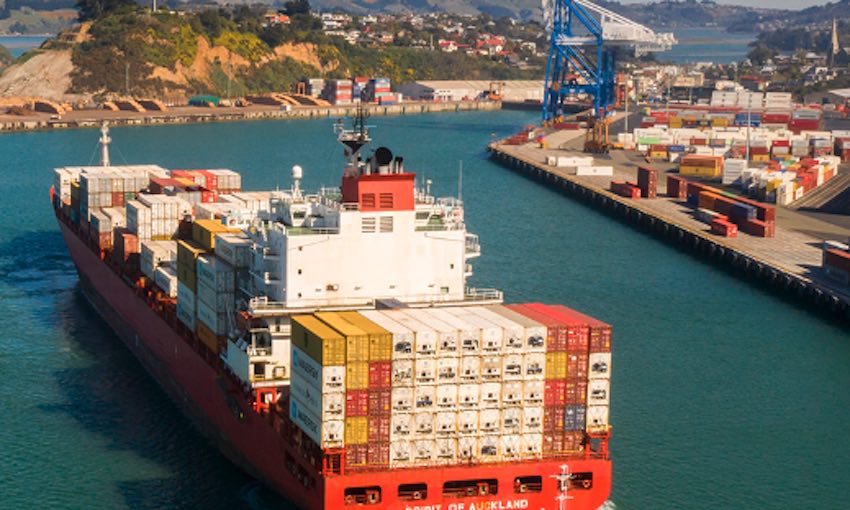NEW Zealand’s Port Otago and its two operational unions have agreed to a new working roster that introduces fundamental changes claimed to improve work/life balance for team members.
The port’s operations kaimahi [workforce], comprising members of the Maritime Union of New Zealand and the Rail and Maritime Transport Union late last week ratified a new Collective Employment Agreement to be phased in over the next three months.
Background the announcement, Port Otago said Covid-19 lockdowns had forced operations to change from a pool of staff allocated to various shifts, to discrete teams. Traditionally, the port had operated up to three eight- hour shifts each day (0700-1500, 1500-2300 and 2300-0700). As part of the Covid risk mitigation response, operations were divided into several teams that worked 10-hour shifts (either 0600-1600 or 1600-0200) for 10 weeks in 2020.
Port Otago chief executive Kevin Winders said while Covid was a challenging time for the company’s kaimahi, moving into teams was generally a positive experience for individuals, albeit with room for improvement around team rotation between the two shifts.
For 16 weeks from March 2023, the operational team trialled an improved two 10-hour shifts model. “It was implemented as a response to shipping disruption at other New Zealand ports – to help out Maersk, which operates the weekly Polaris service into Port Chalmers, while also ensuring our regional exporters’ product was kept moving during peak export season,” Mr Winders said.
“Following the trial and together with the two unions, we’ve continued to fine-tune the model even further. The result is that Port Otago now has the flexibility to turnaround more container exchanges at peak season, while our team members have a better work/life balance, reduced fatigue risk and higher annual take-home wages – up to 15% for some teams.
“By working two 10-hour shifts, we can deliver 1000 container exchanges on a vessel in 20 hours. This is around the same productivity as using three eight-hour shifts over 24 hours.
“Critically, we’re not operating between 2am and 6am – during the body’s circadian low period – so fatigue risk is reduced.”
Mr Winders said the other major change was a move to a set day off each week. “The unpredictability of working hours for operational staff is the single biggest downside of our operational roles.
“Alongside the 10-hour shifts, team members will also know in advance their work and days off. During the shoulder and quiet seasons, the team will work 40 hours per week over four days, with three days off. At peak season – generally, January to June, reflecting our region’s rural export base – the team are likely to work 50 hours over five days, with two days off.
“Having the ability to step up container exchange volumes through peak season means the port can turnaround 20-25% more containers for its shipping line partners and exporters – right at the time it’s needed.”
During the next three months, operations will transition into dedicated teams that rotate around early and late shifts on a three-week cycle, providing yet more work pattern predictability for kaimahi.
Mr Winders said it was heartening to see the team get in behind a progressive move that improves productivity and lifts the port’s level of service to shipping lines and exporters, while also providing kaimahi with more certainty and a significant pay rise.

